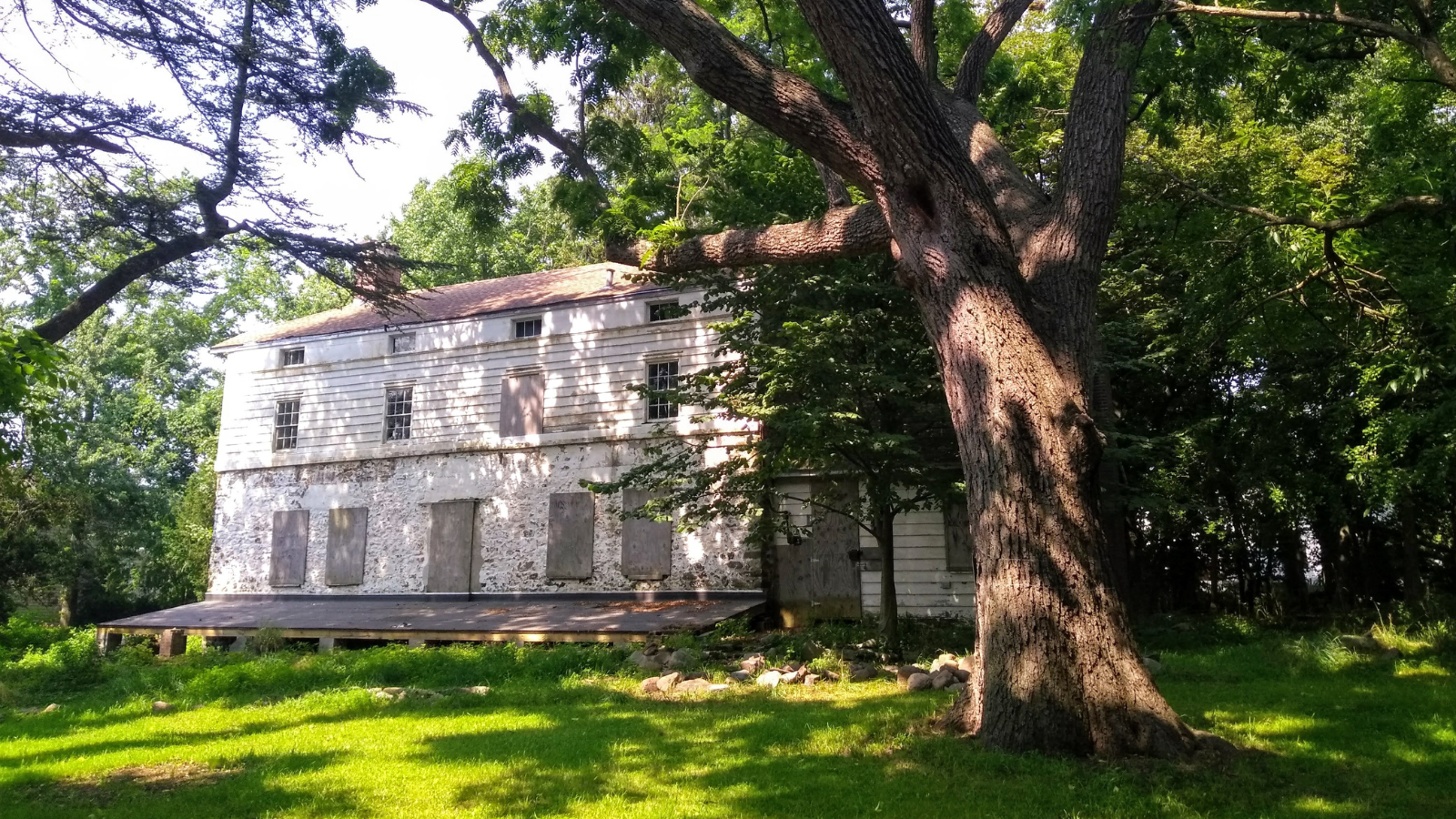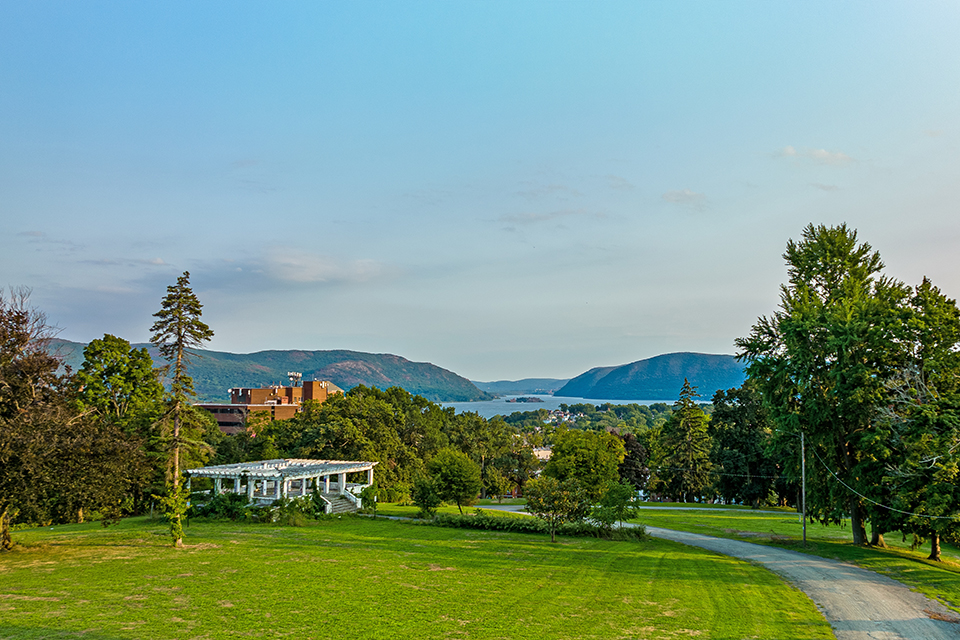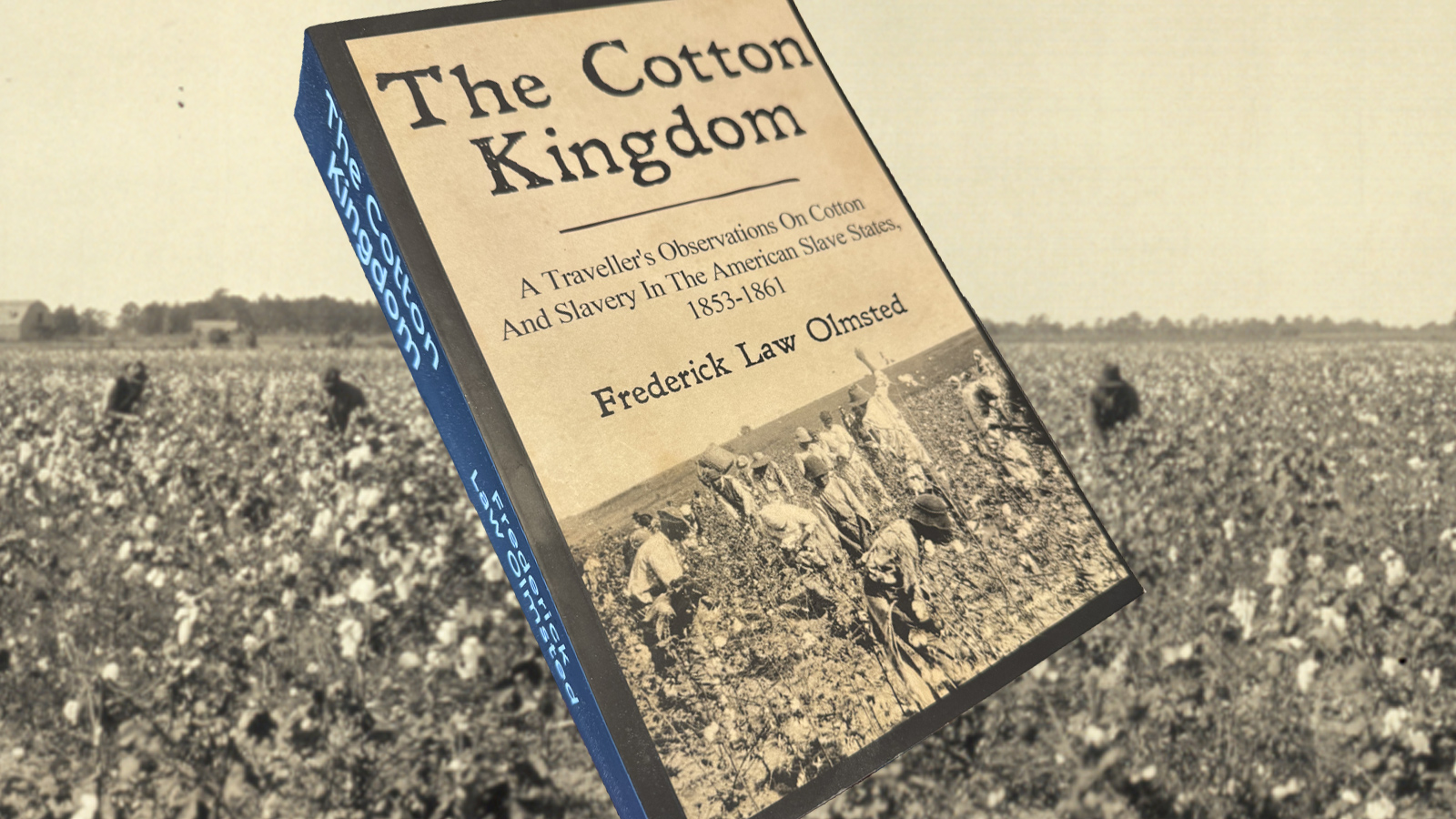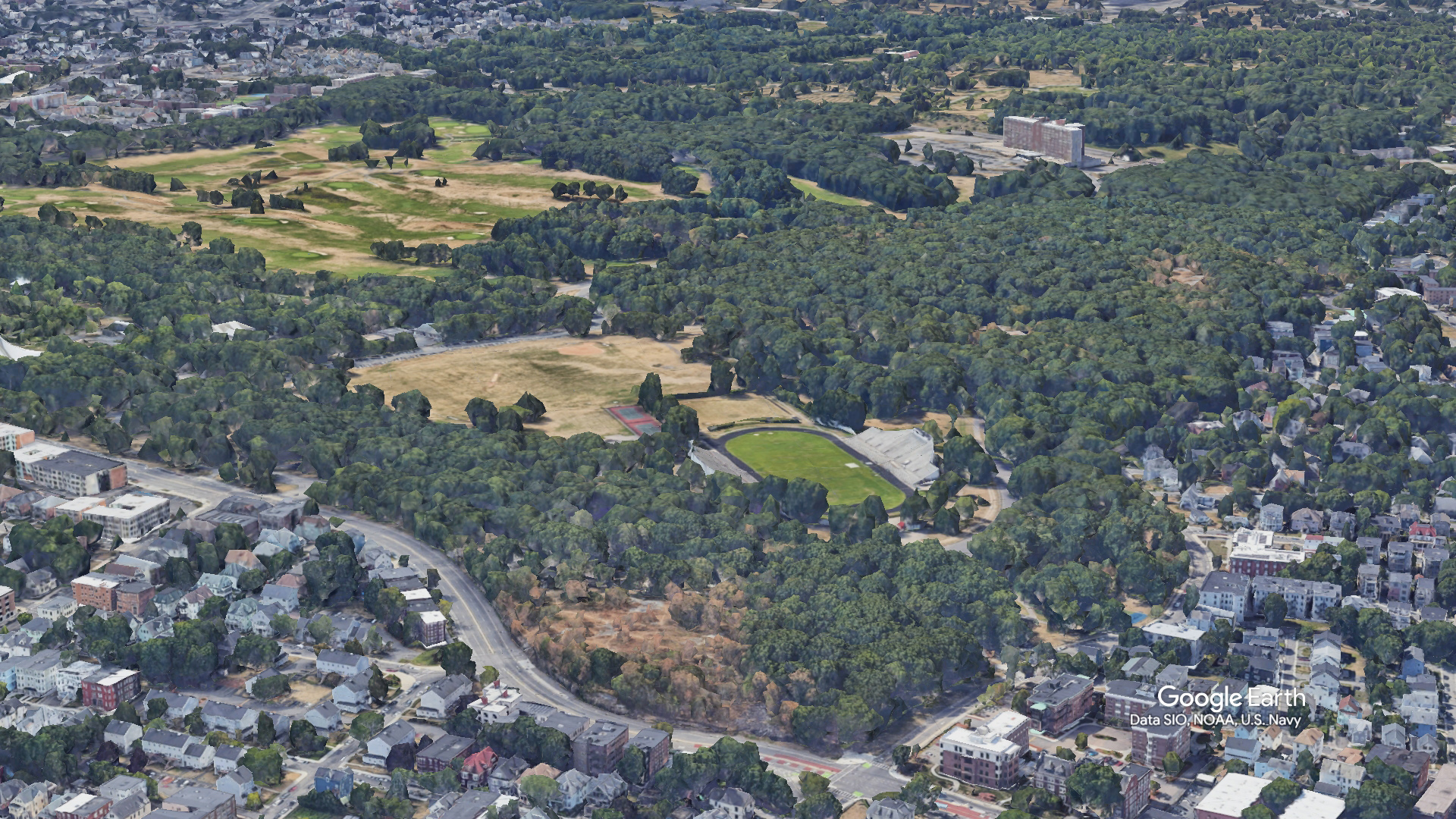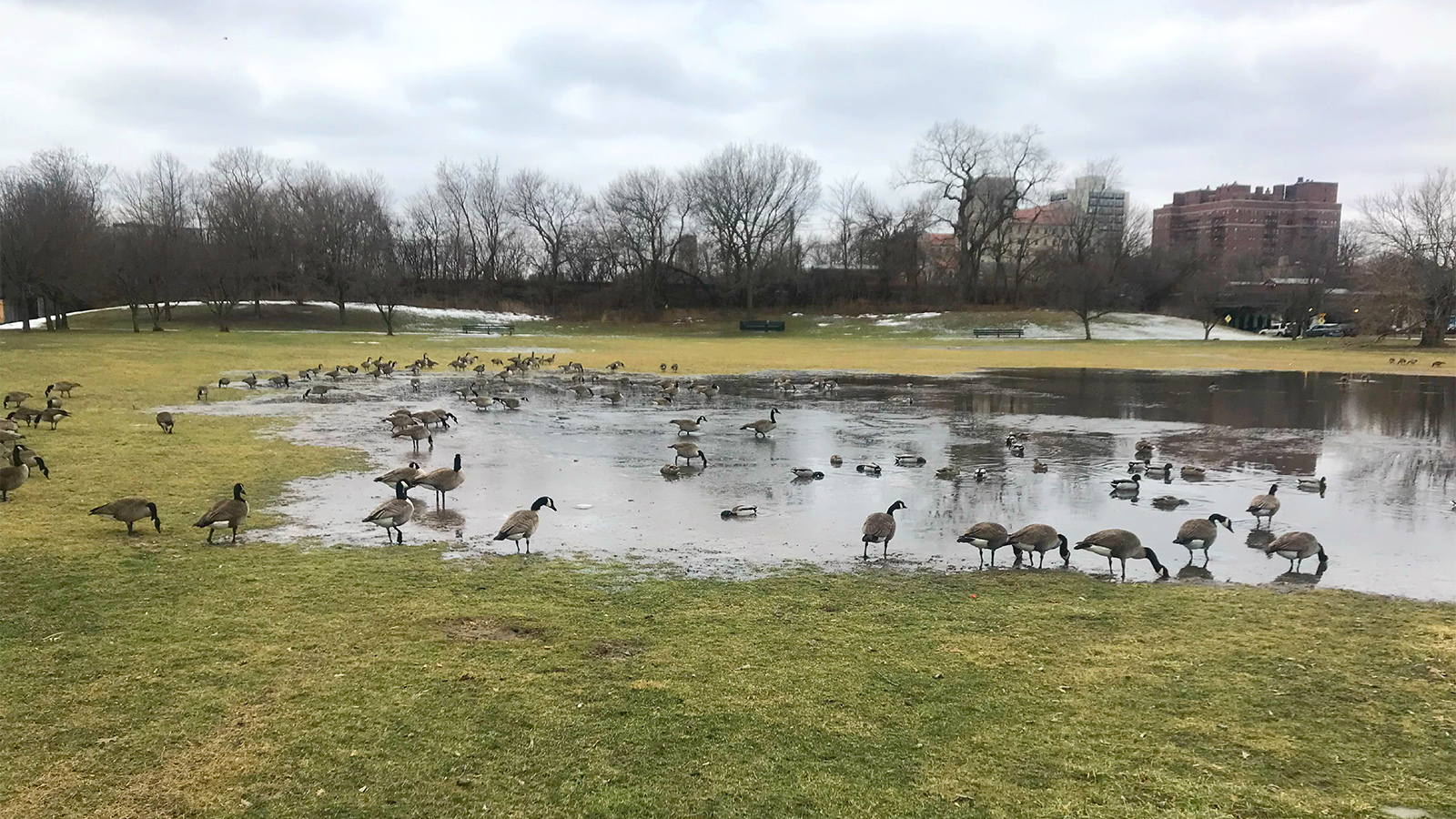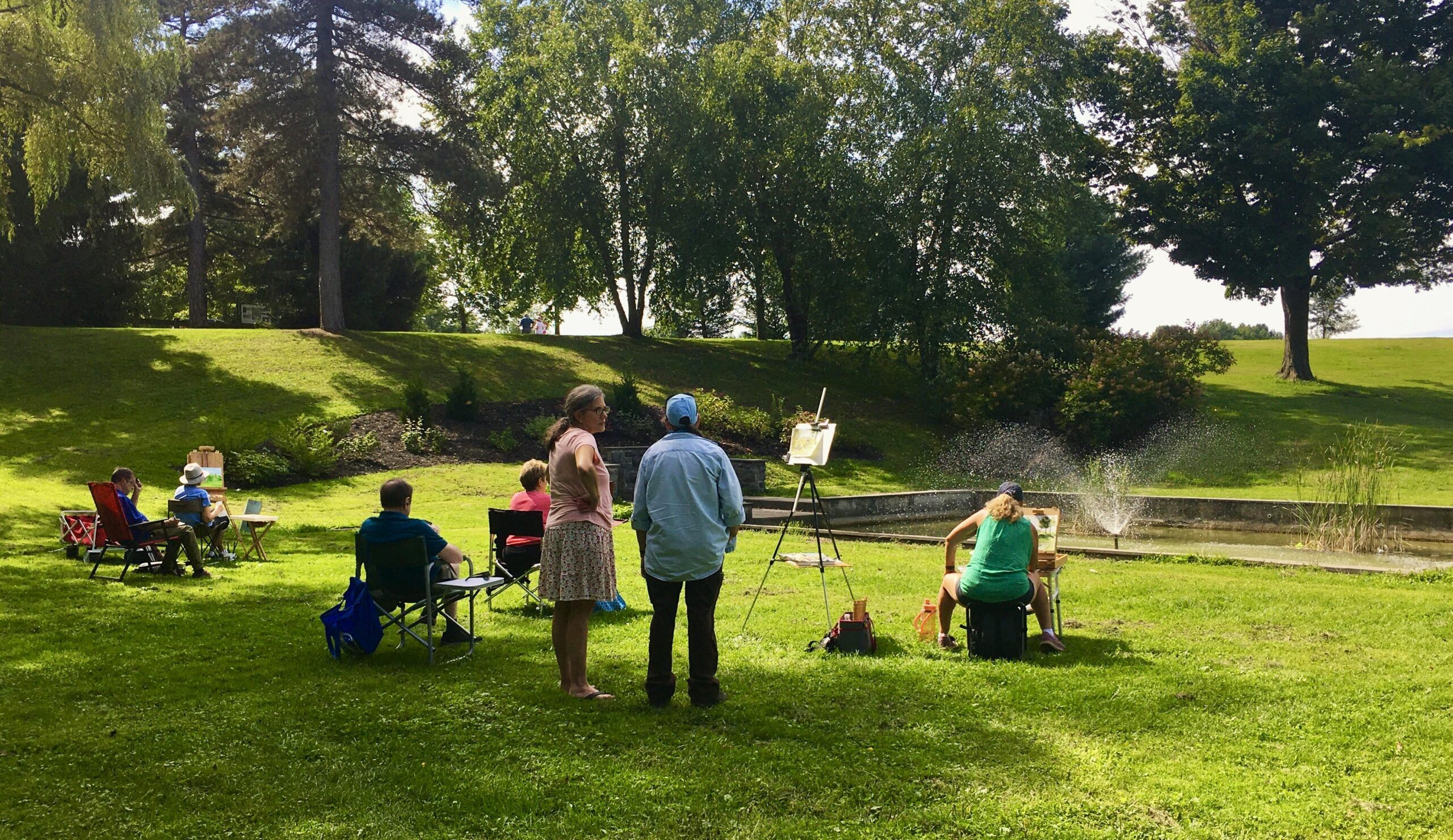Olmsted City of Greater Utica

Olmsted City of Greater Utica
Lily Pond Plateau Today, Artist's Rendering of the Lily Pond Restoration Project at Frederick T. Proctor Park, Project Completion in September 2023, Rendering by Klepper,
Olmsted City is a program sponsored by the Landmarks Society of Greater Utica. Olmsted City seeks to promote the well-being of and awareness about the parks and neighborhoods in and around Utica, New York.
Utica is home to 5 neighborhoods designed either by Frederick Law Olmsted, Jr., or Olmsted Brothers, and it was the subject of one of Olmsted’s first urban studies (1908). Because of the large proportion of the city that is comprised of Olmsted-designed landscapes, Olmsted City of Greater Utica seeks to promote Utica as an Olmsted city and to make that part of the city’s self-narrative and therefore the way outsiders view it.
They seek to care for Utica’s Olmsted-designed parks – to restore and preserve them for the benefit of our community and future generations while also seeking to be good stewards of the land itself and maintaining a healthy ecosystem.



